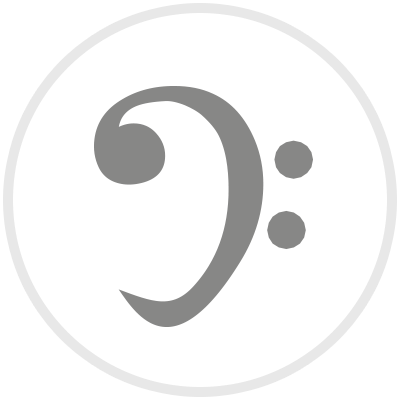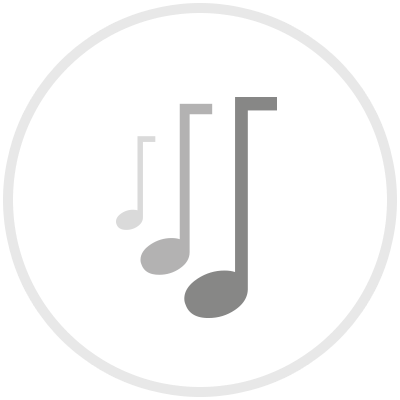

Browse by city
Browse by city
| Mola di Bari |
| Sunday march 1 2026 |
| YIFAN WU, pianoforte (Vincitore Concorso Busoni ed. 2025) |
|
|
| Mola di Bari |
| Saturday april 18 2026 |
| "VITA GAIA E TERRIBILE DI SCHUBERT" - ILIA KIM, pianoforte e narrazione |
|
|
| Bitritto |
| Saturday january 17 2026 |
| Russian Classic Ballet | Il lago dei cigni |
|
|
 Classical music
Classical music
 Live music
Live music
 Theatre
Theatre

Unmissable live shows and events
Sponsored events
All free entry events
All exhibitions
Today's events a Monopoli PDF format.
| Bari |
| Friday december 19 2025 |
| Agape Gospel Collective - Christmas Concert |
|
|
| Acquaviva delle Fonti |
| Saturday december 20 2025 |
| Agape Gospel Collective - Christmas Concert |
|
|
| Taranto |
| Sunday december 21 2025 |
| Agape Gospel Collective - Christmas Concert |
|
|

Search for shows online and experience them offline. Il Tacco di Bacco is a tool designed to enhance the quality of our lives. A fulfilling existence is built on authentic connections, which we believe can only arise in the real world. This is why we’ve created a guide to help you navigate, not a community to hold you back. We provide the means; you discover the purpose.
The editorial team declines all responsibility in case the information provided on www.iltaccodibacco.it is incorrect, missing, or incomplete.
Designed and made in Italy - 2025 © - il Tacco di Bacco
Se hai stampato queste pagine, ricordati di cestinarle nel raccoglitore della carta.
If you print these pages don't forget to trash them in a recycle bin.